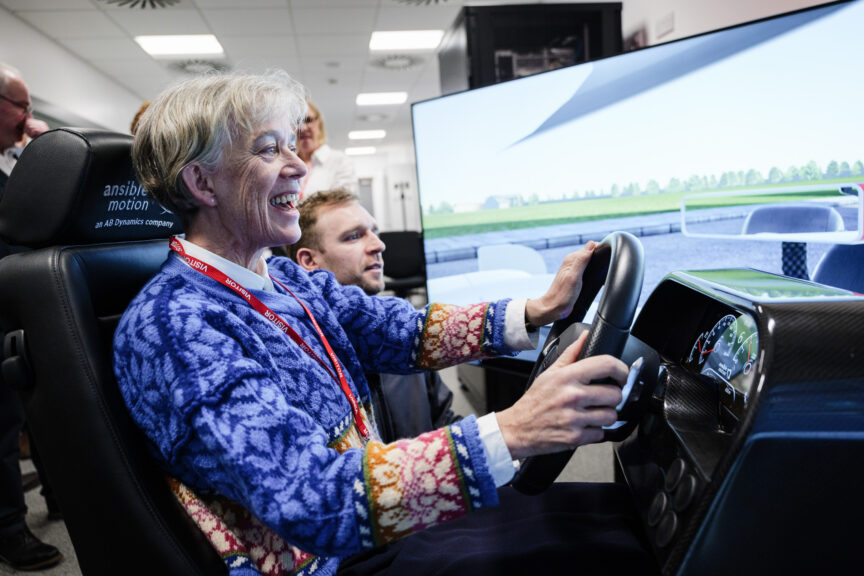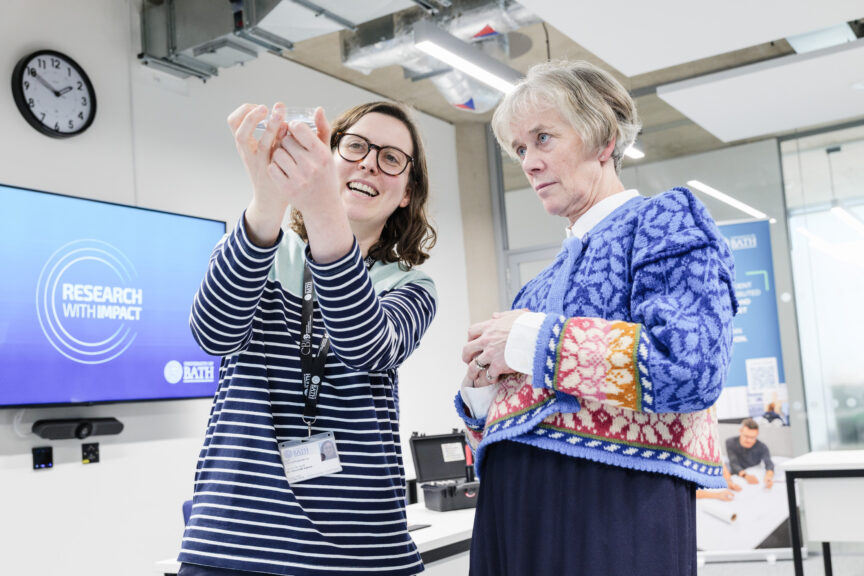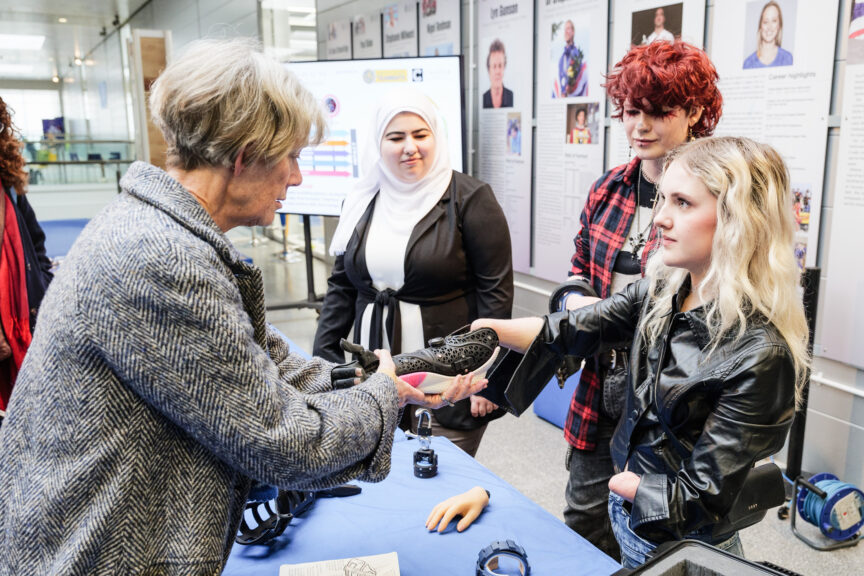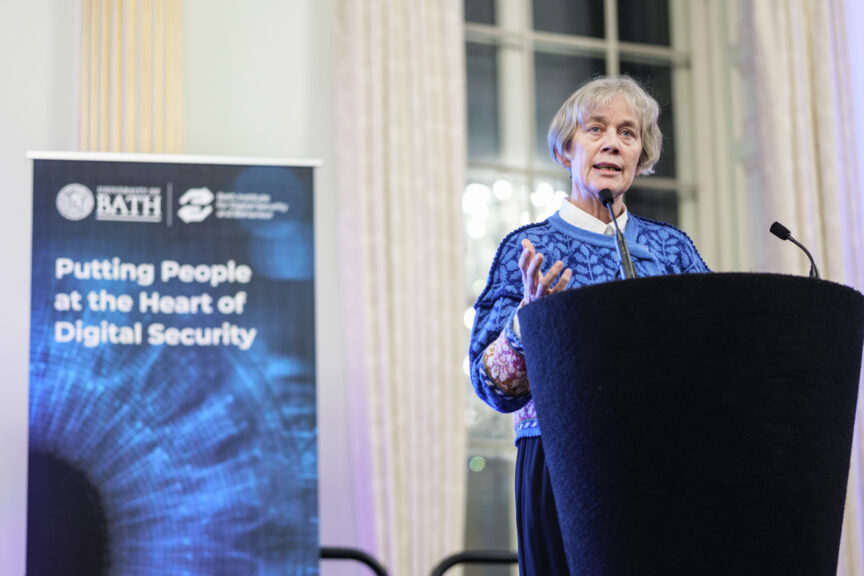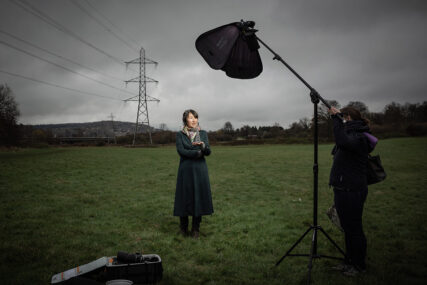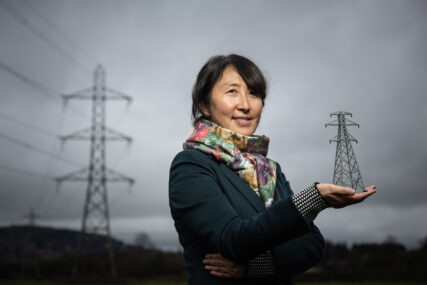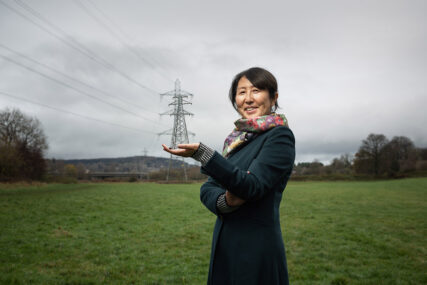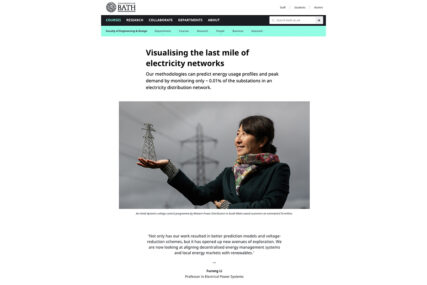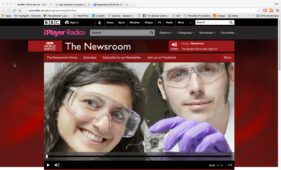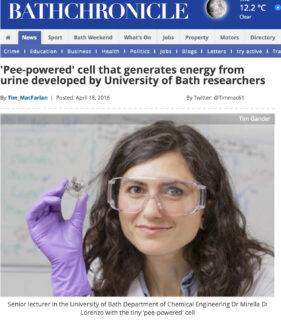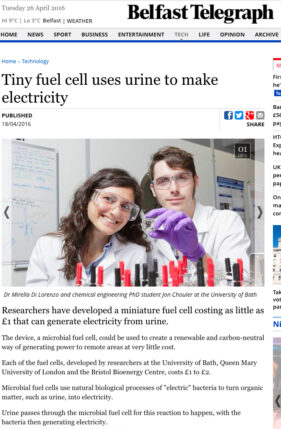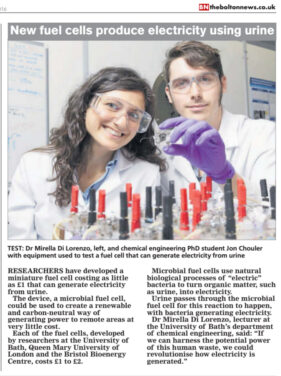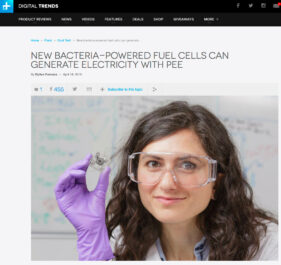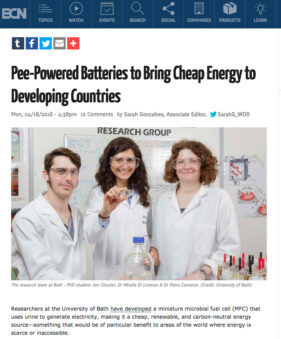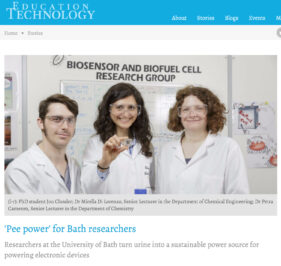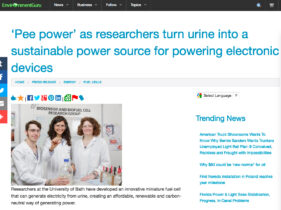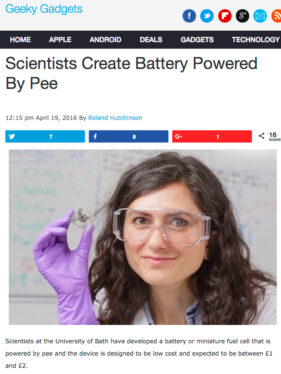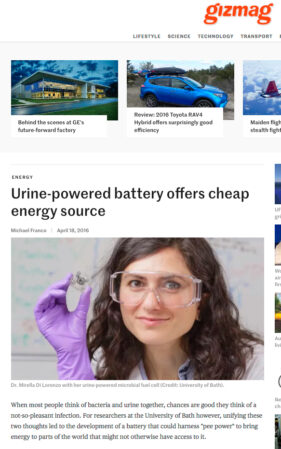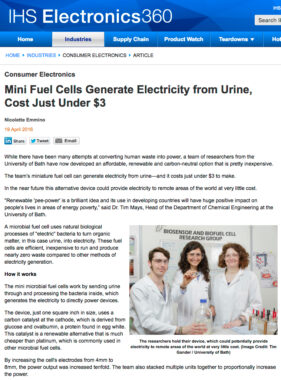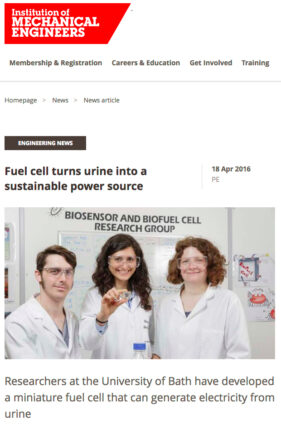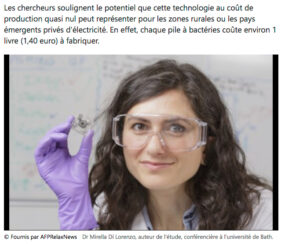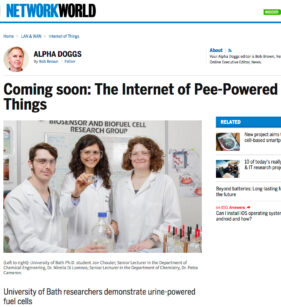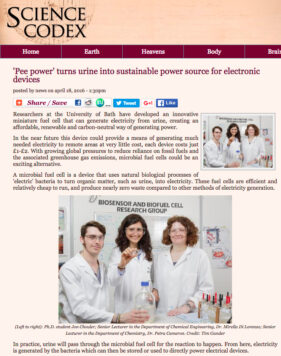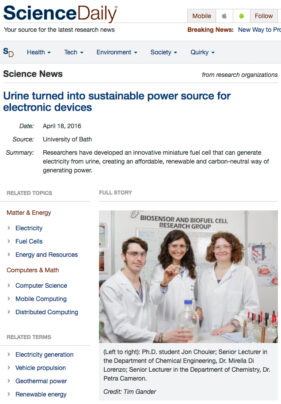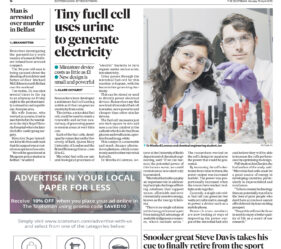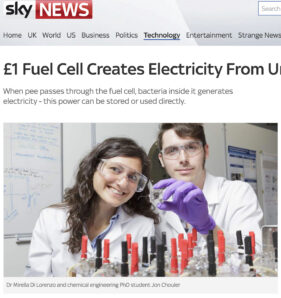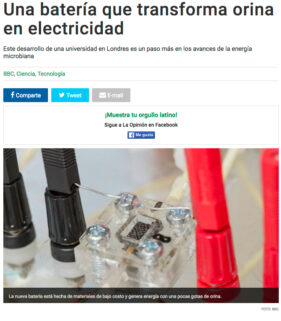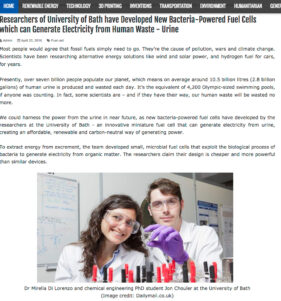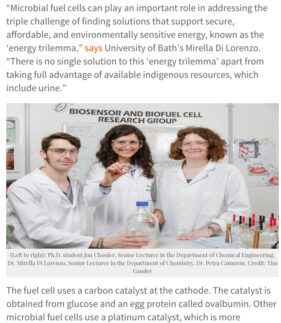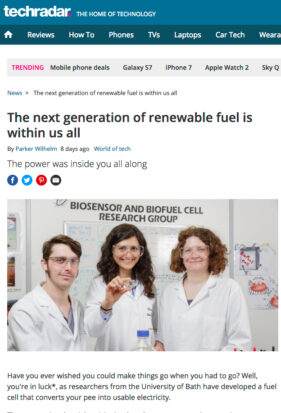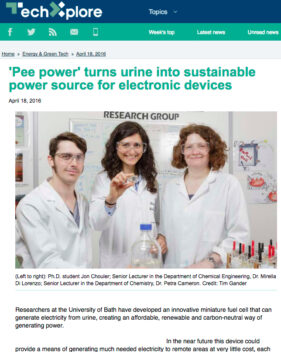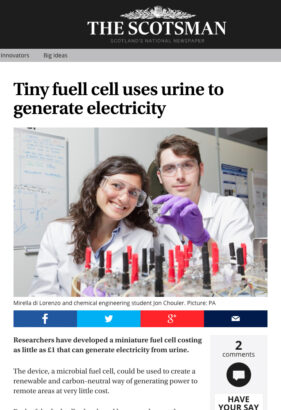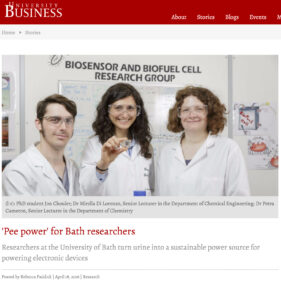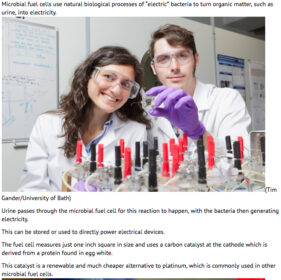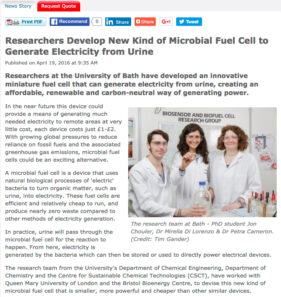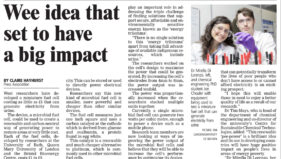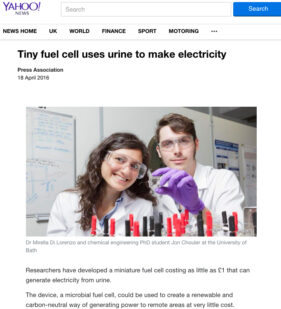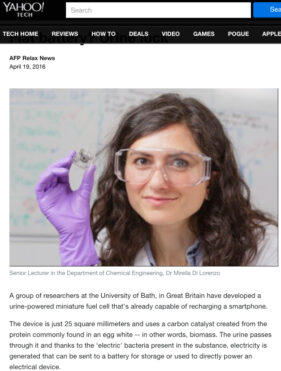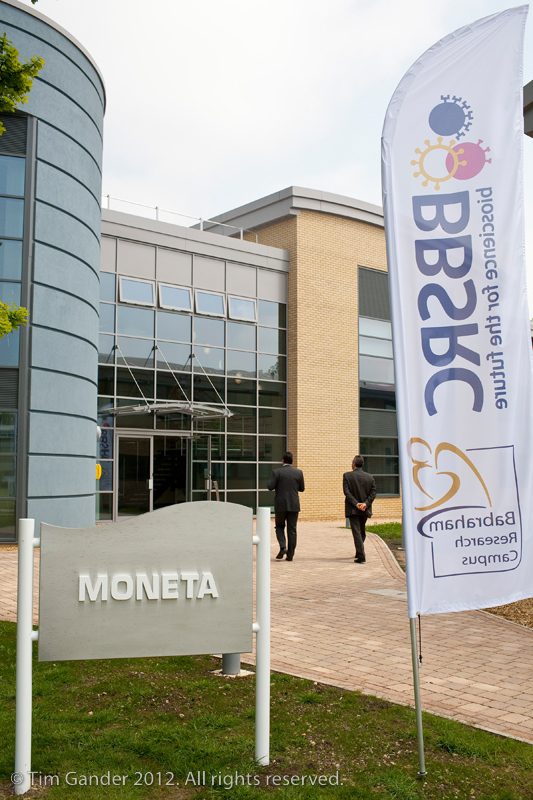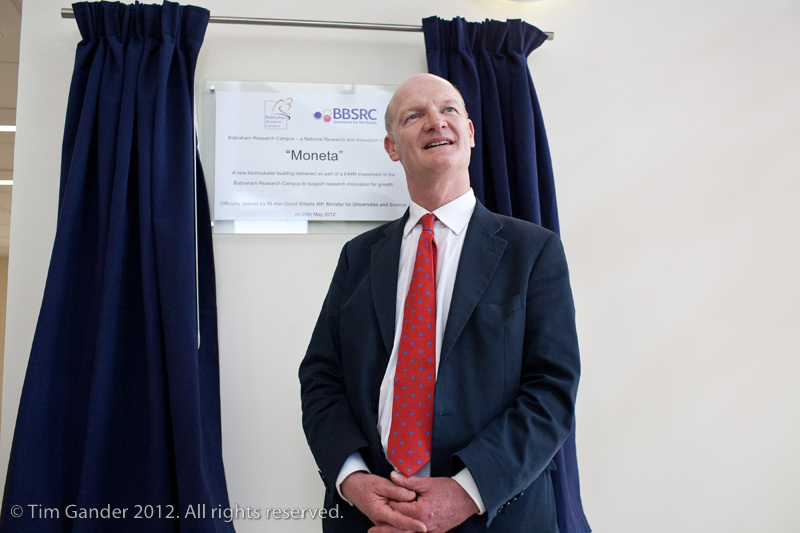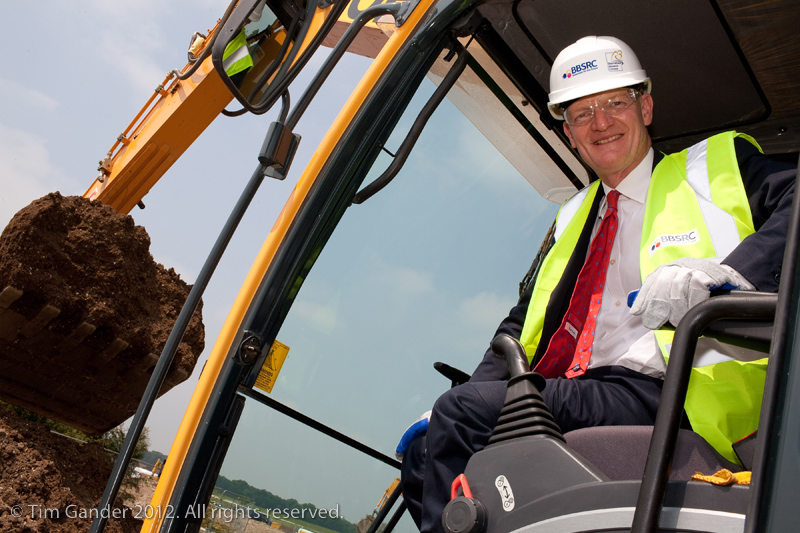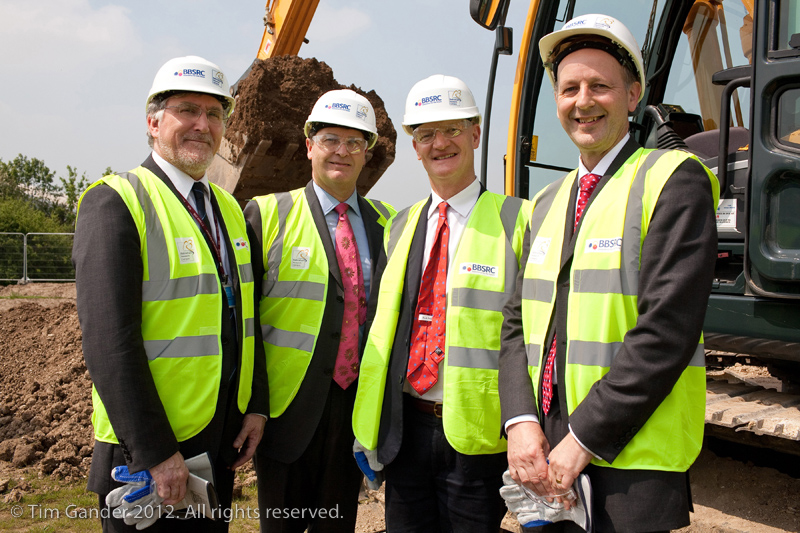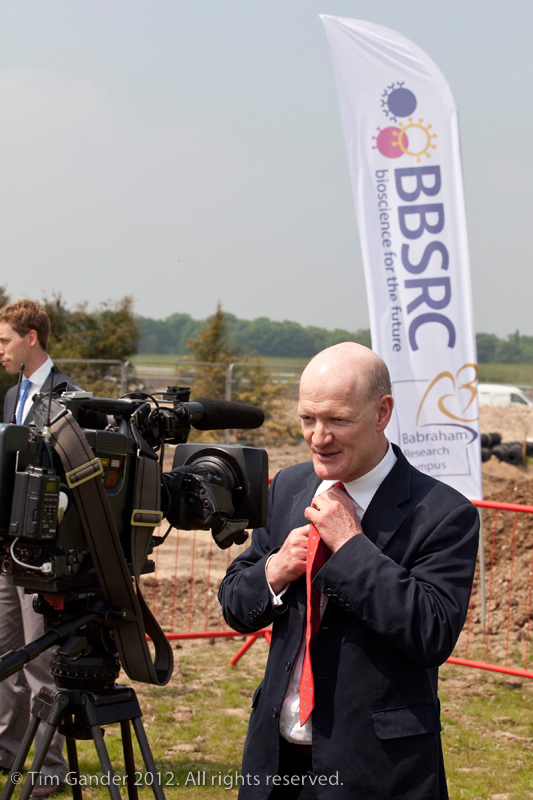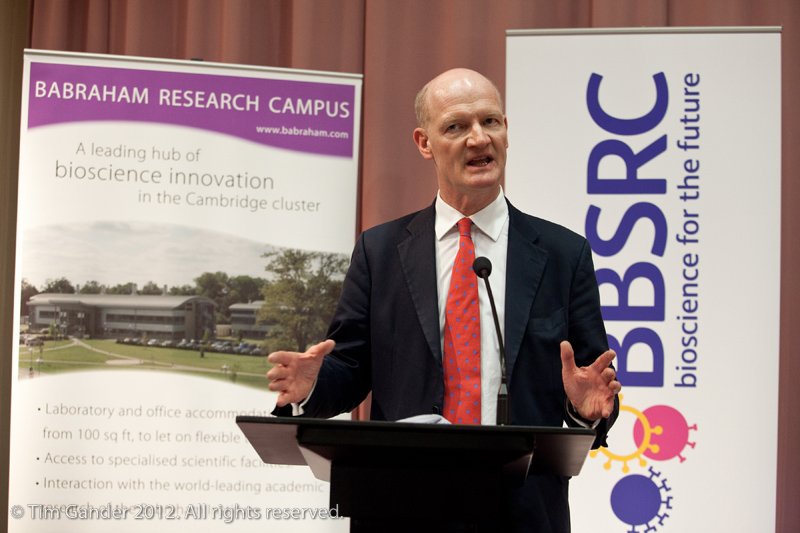If it seems like I’ve gone a bit quiet lately, it’ll be because I’ve been anything but quiet lately.
A prime example is last Wednesday, when the UK Government’s Chief Scientific Adviser (CSA) Professor Dame Angela McLean visited University of Bath to see how their research is achieving real-world impact across a range of sectors.
Beyond a handful of set-up group photos, my role was largely as a fly-on-the-wall (FOTW) photographer recording Professor McLean’s visit through the day – and boy, was it a long day!
It started at the Institute for Advanced Automotive Propulsion Systems (IAAPS) at Emersons Green, Bristol. In short, IAAPS is where engineers and designers can examine new forms of propulsion, or improve traditional ones (for example, improving fuel efficiency in internal combustion engines). There’s a lot of exciting work into hydrogen propulsion going on there, and Professor McLean got a good look behind the scenes at the state-of-the-art facility.
In fact, it resulted in one of my favourite images from the day, with Dame Angela clearly having a hoot on the driving simulator.
After a couple of hours at IAAPS, the visiting party moved to the University of Bath’s Claverton Down campus for a whistle-stop tour of a variety of laboratories and research demonstrations. Again, one of these resulted in another favourite image of the day, that of Dr Hannah Leese, a Reader in the Department of Chemical Engineering whose research covers nanostructured membranes and nanofluidic transport (you asked!).
As she shows Professor McLean a dish of microneedles, you can see the excitement and pride in her work.
There were further tours of incredibly impactful research, including that into the augmented human where Professor McLean was shown (amongst other things) the huge advancements in prosthetic limbs, such as hands which respond to users’ commands.
Also part of Dame Angela’s itinerary was a tour of the labs at the Institute for Digital Security and Behaviour (IDSB) and a round-table discussion on Climate Resilience and Adaptation. But as if that wasn’t enough, she went on to officially launch IDSB that evening at Bath’s Guildhall.
In IDSB’s own words, “The primary objective of the Institute for Digital Security and Behaviour at the University of Bath is to respond to the evolving security risks to – and from – digital technologies from a socio-technical perspective.”
For this segment I needed to get usable pictures of the various speakers, some group photos, plus the general flavour of the evening.
On reflection it was a pretty long day, but fascinating, and I could see that in spite of having travelled from London that morning (and the prospect of having to travel back that evening), Professor McLean had thoroughly enjoyed the experience.
My work didn’t quite end at The Guildhall as I needed to turn images around for various communications teams at IAAPS and the university so they could get their social media feeds updated first thing the following day. So the evening stretched on a bit, but it was good to get the image files securely backed-up anyway. The following day I completed the full edit and delivered the rest of the images for on-going corporate communications purposes.
So a long day for all involved, but while I could have passed the evening segment to another photographer, I wanted to see the job through from start to finish and bring continuity to the coverage. It also meant one less complication for the organisers!

